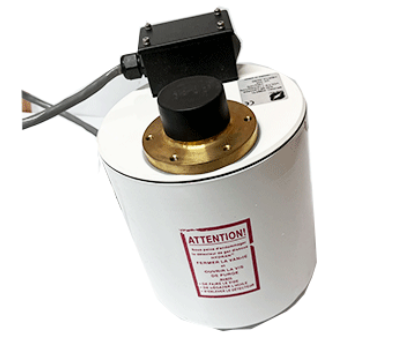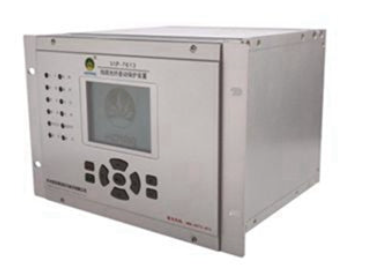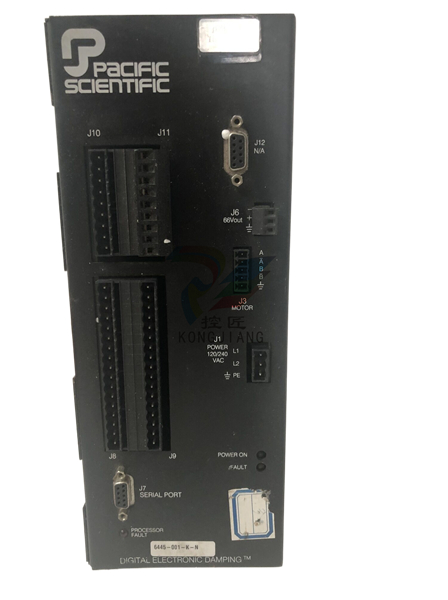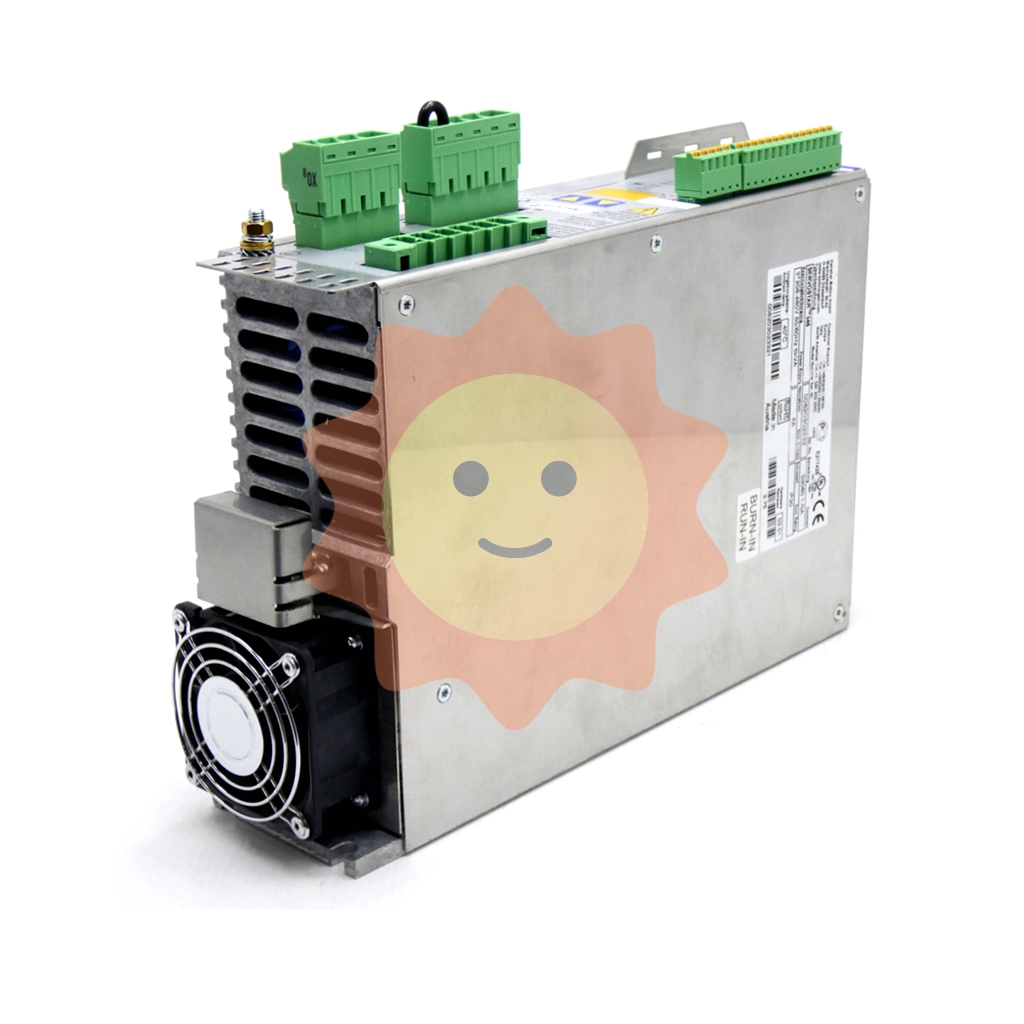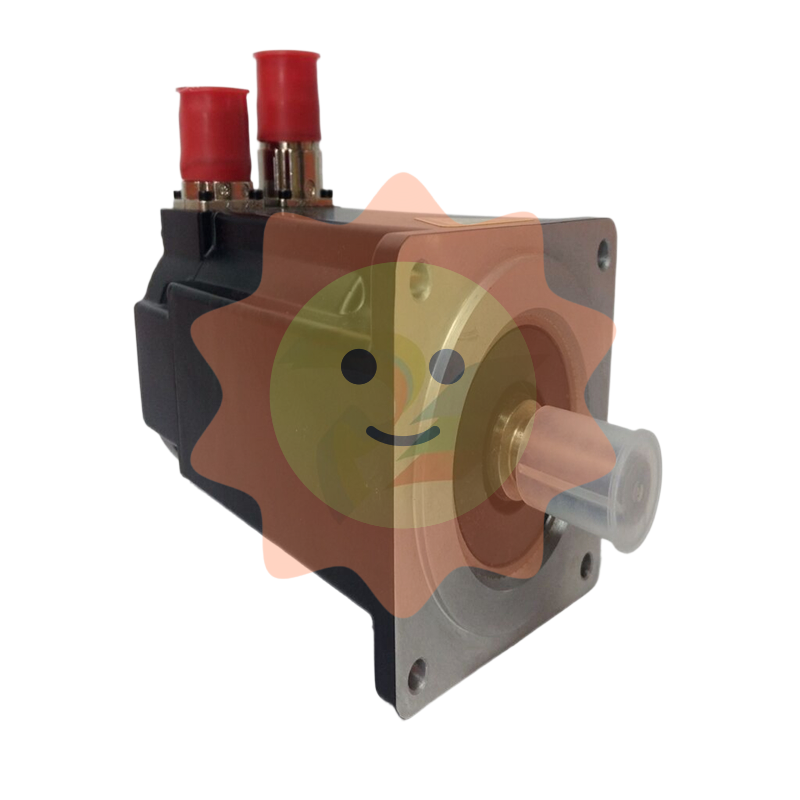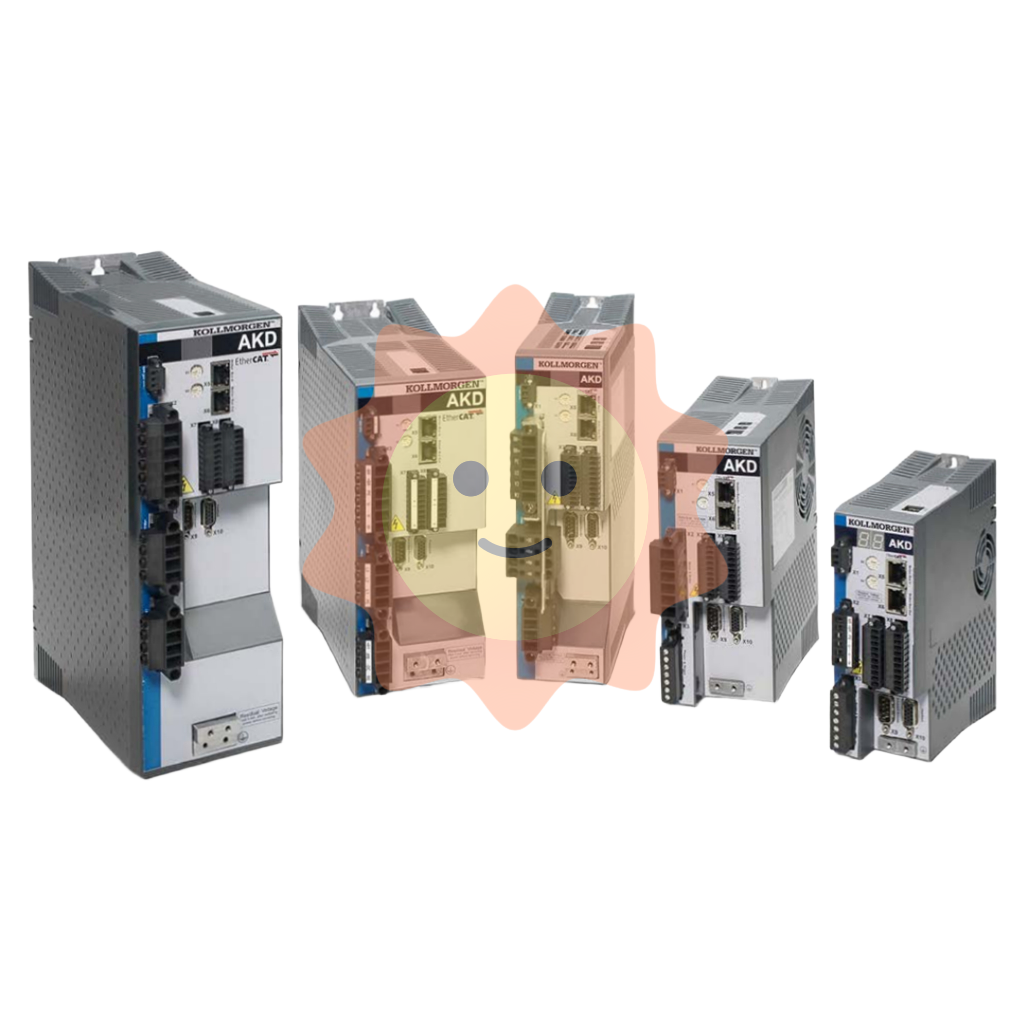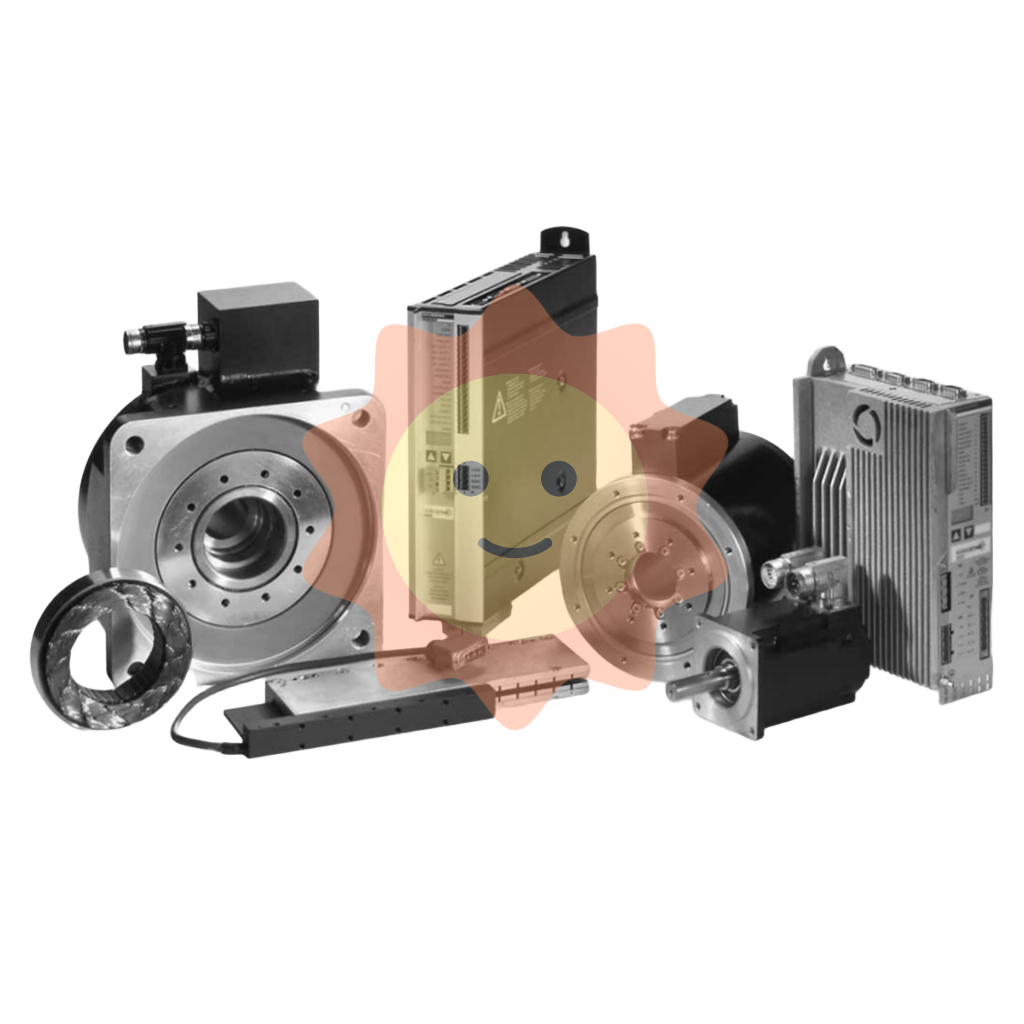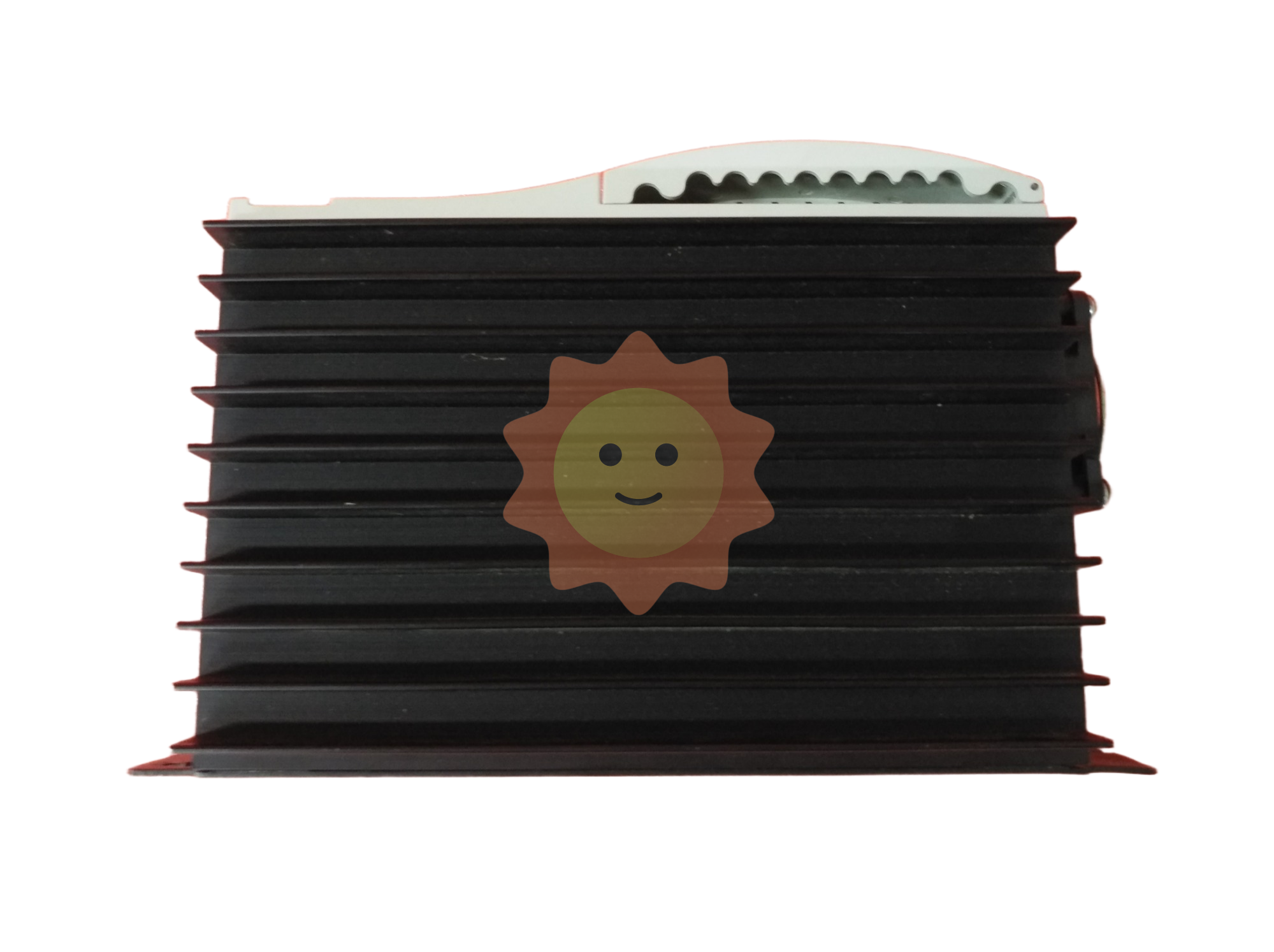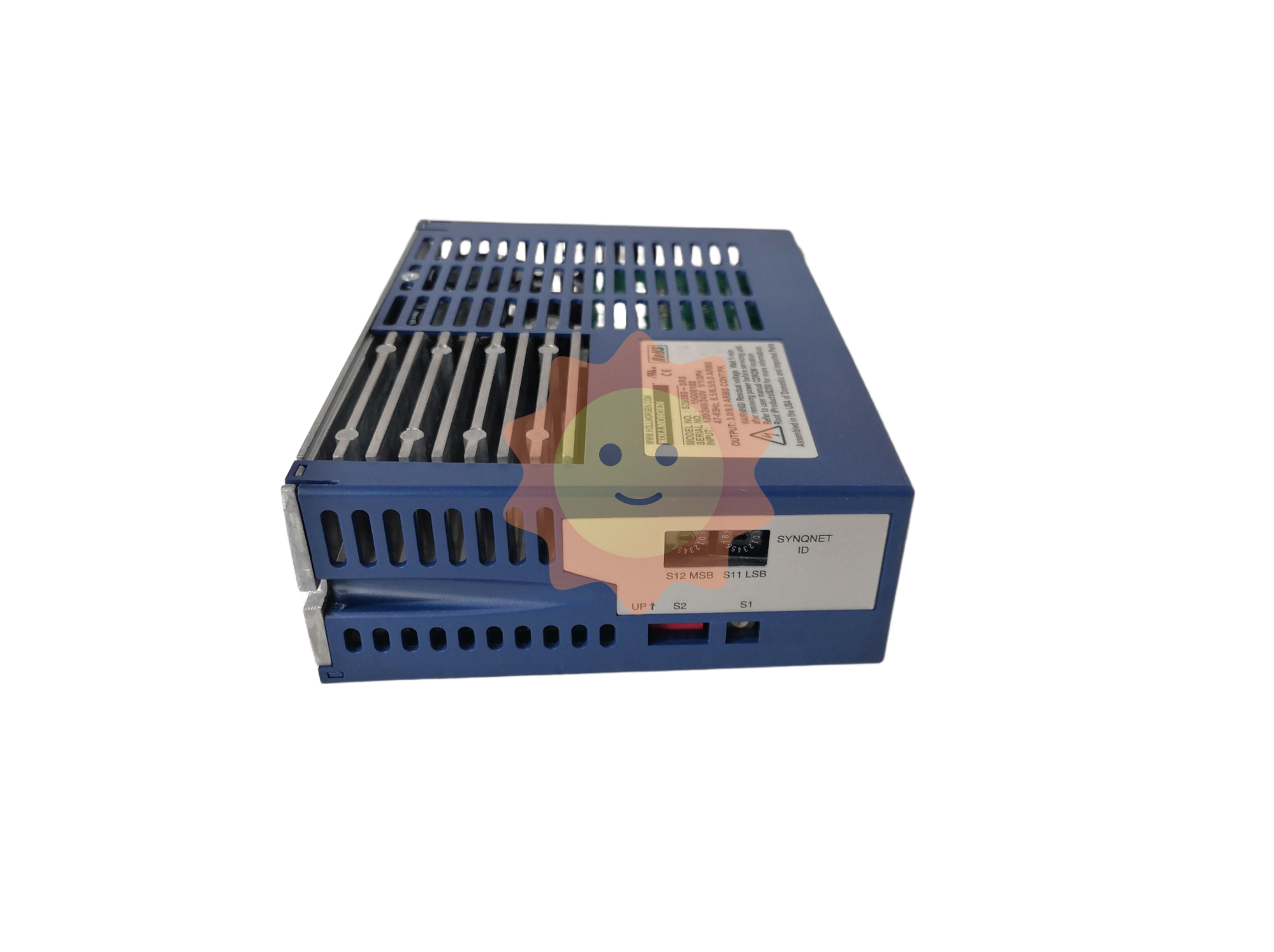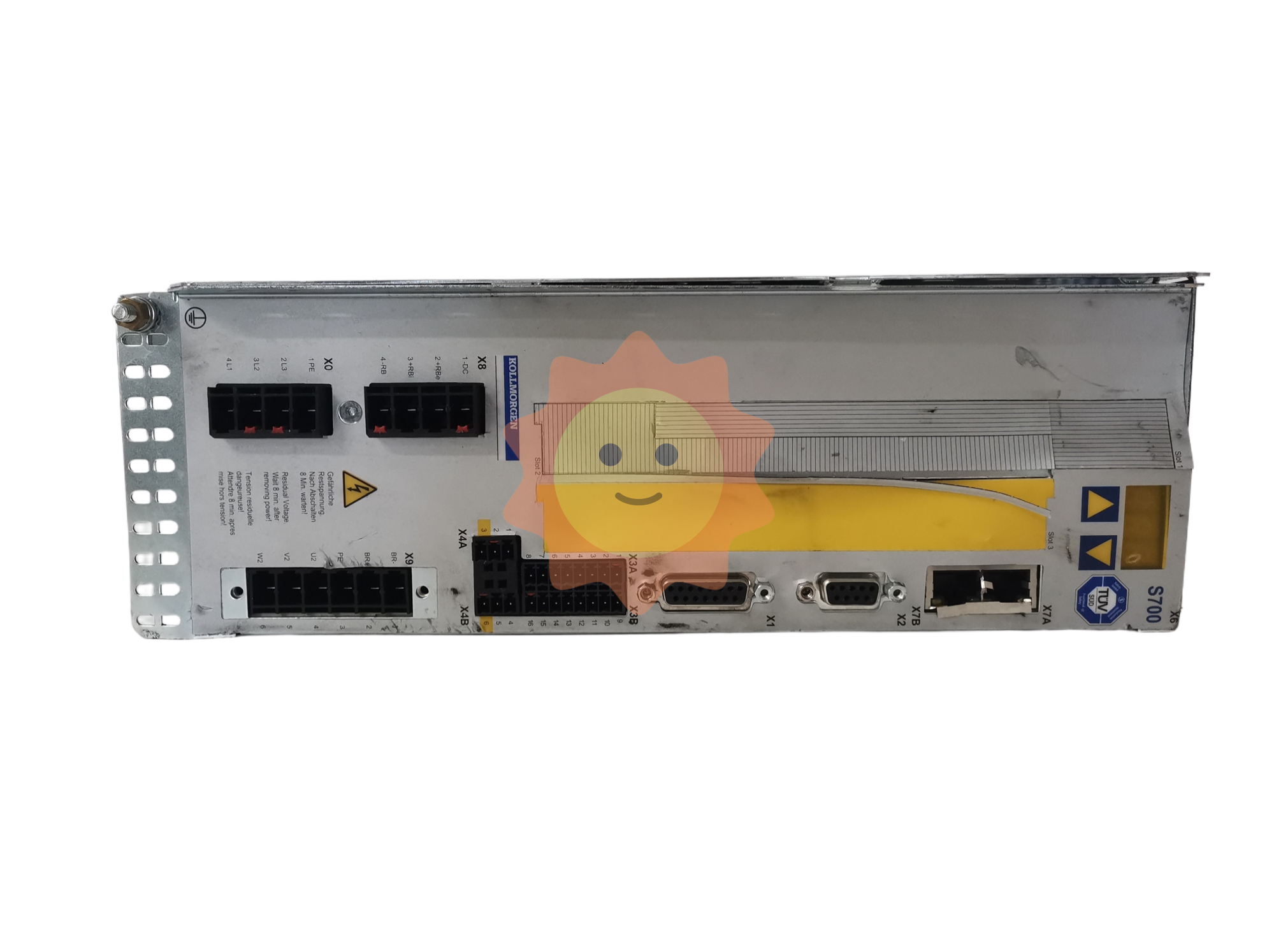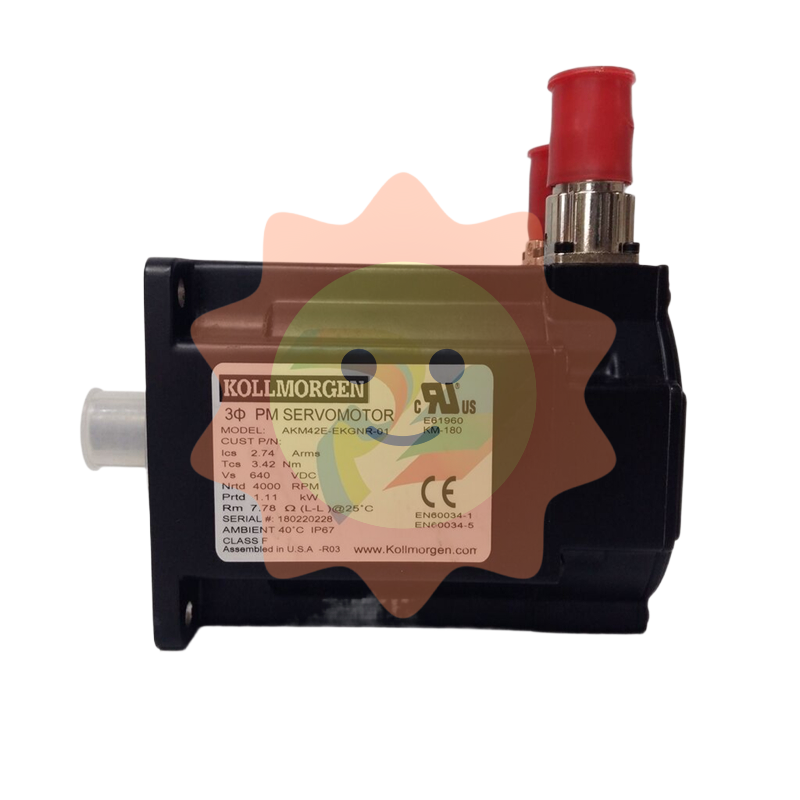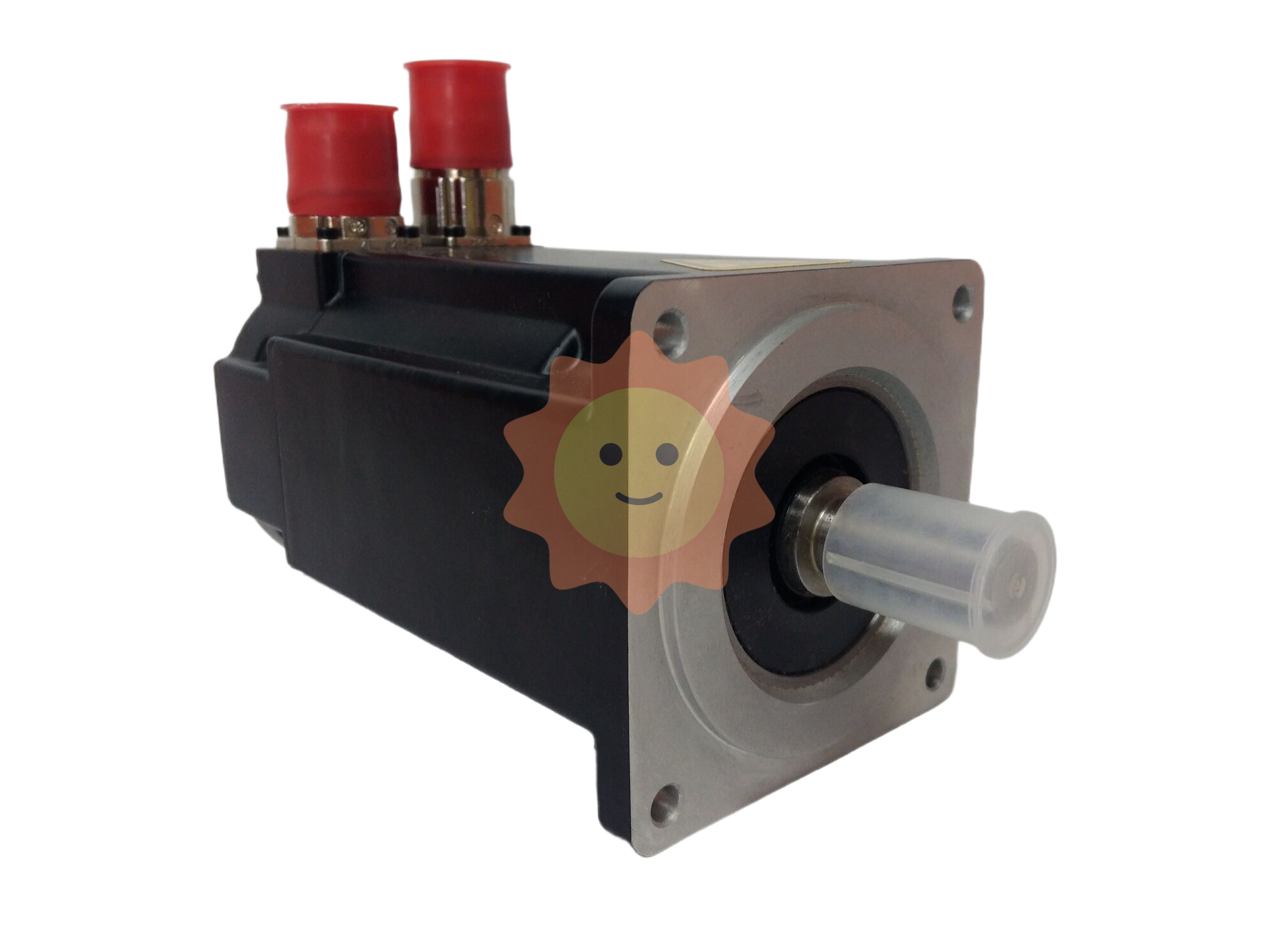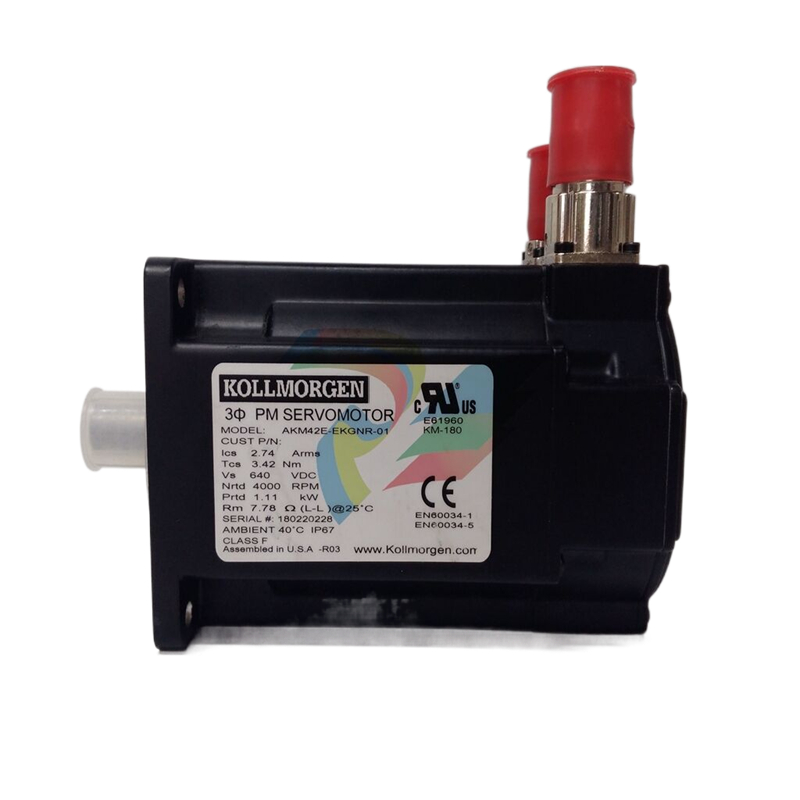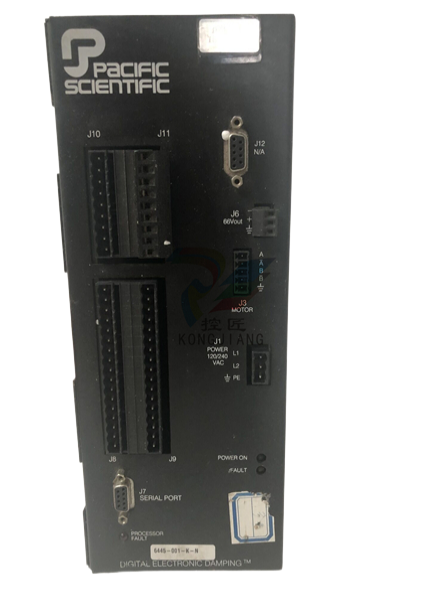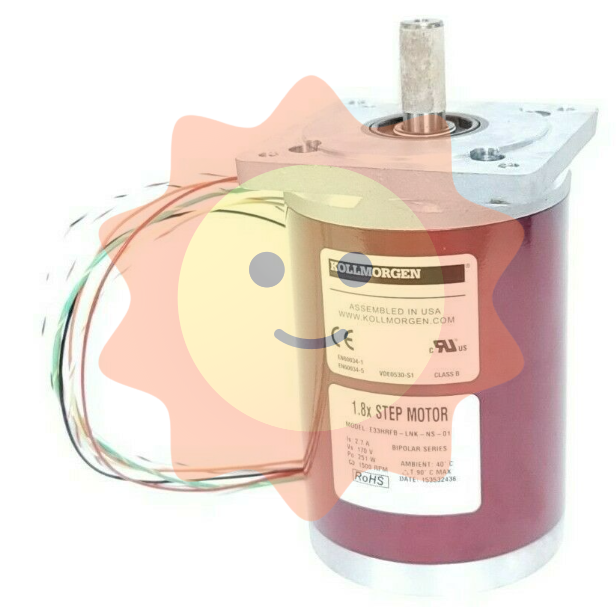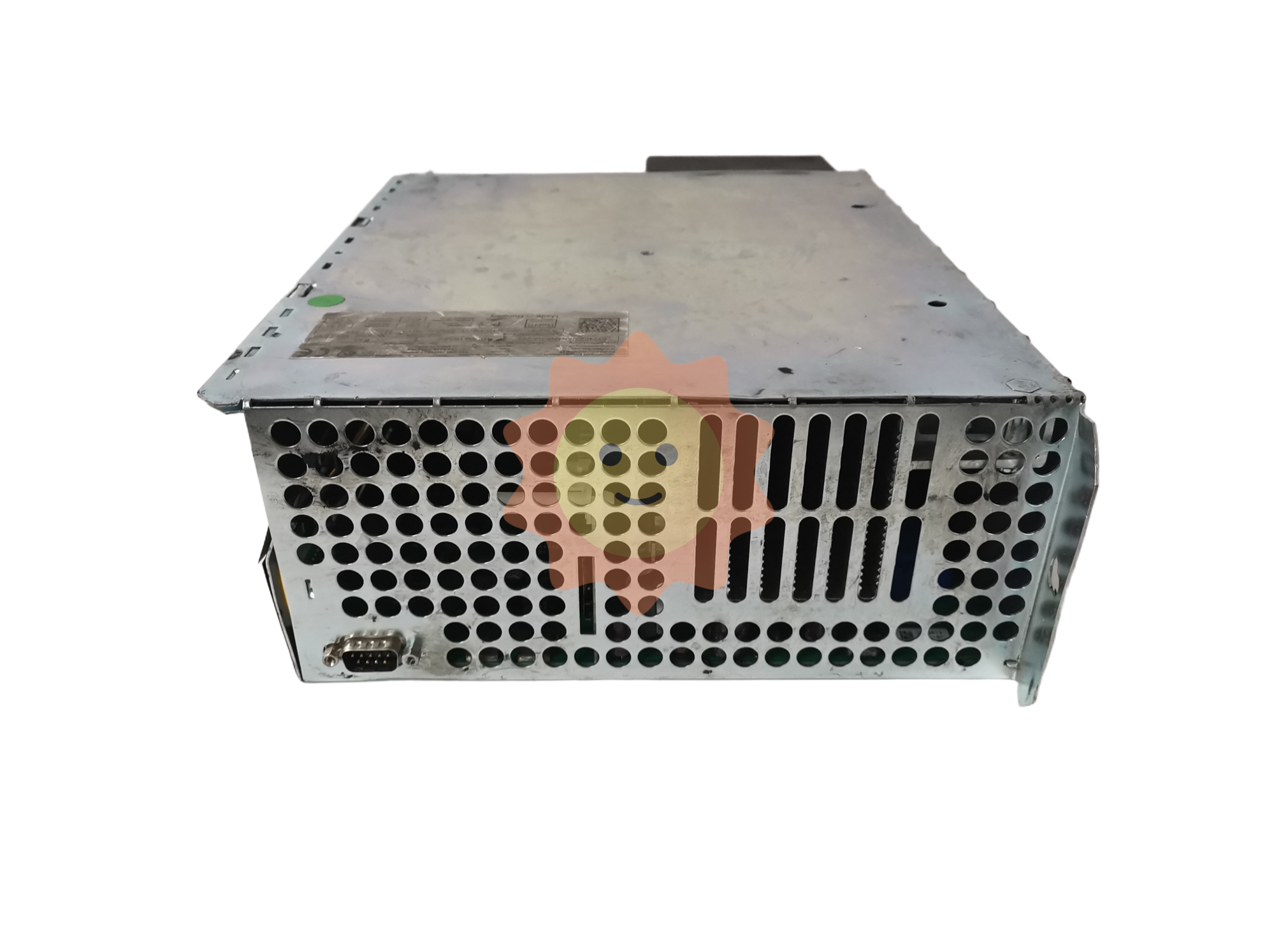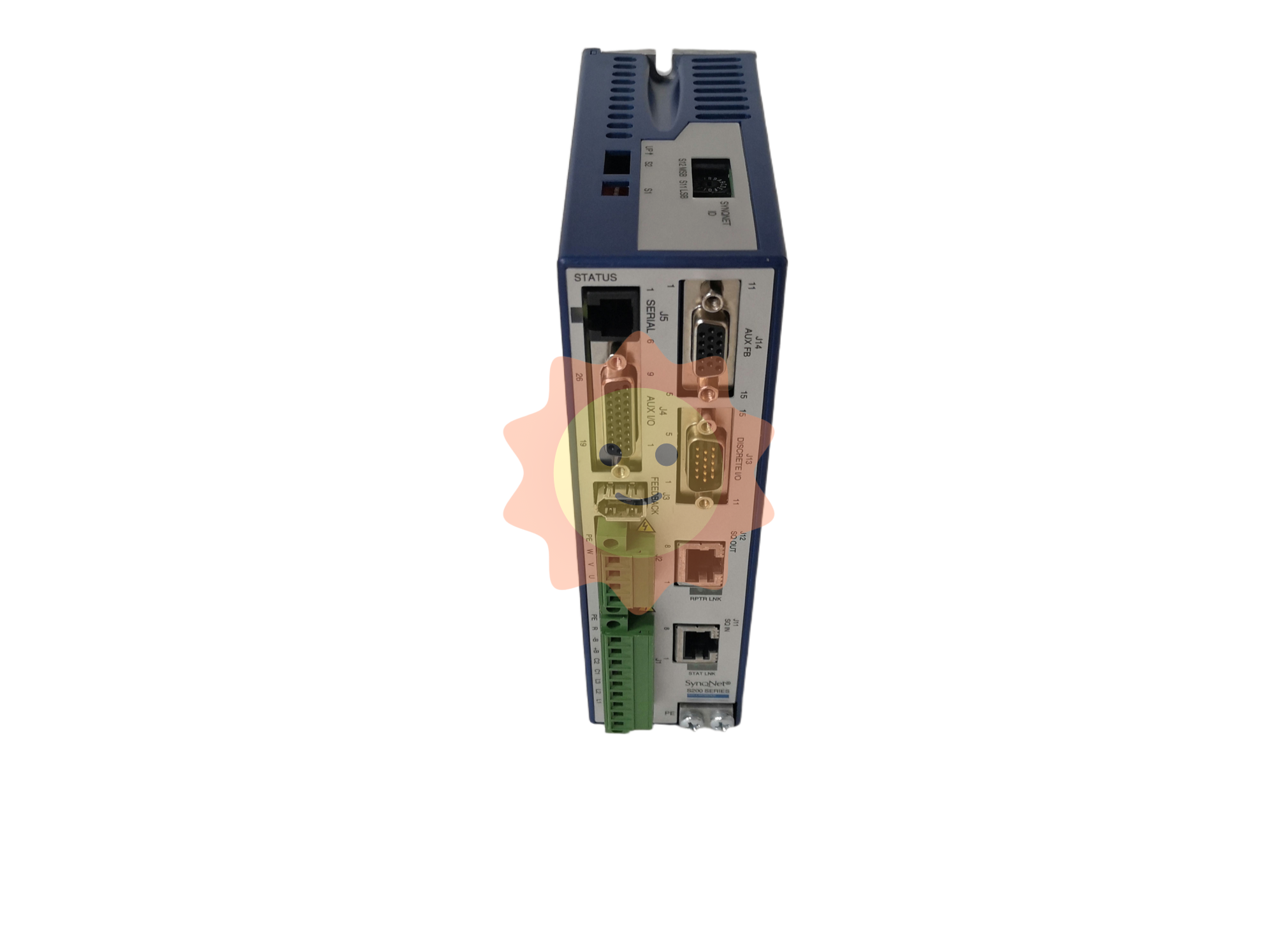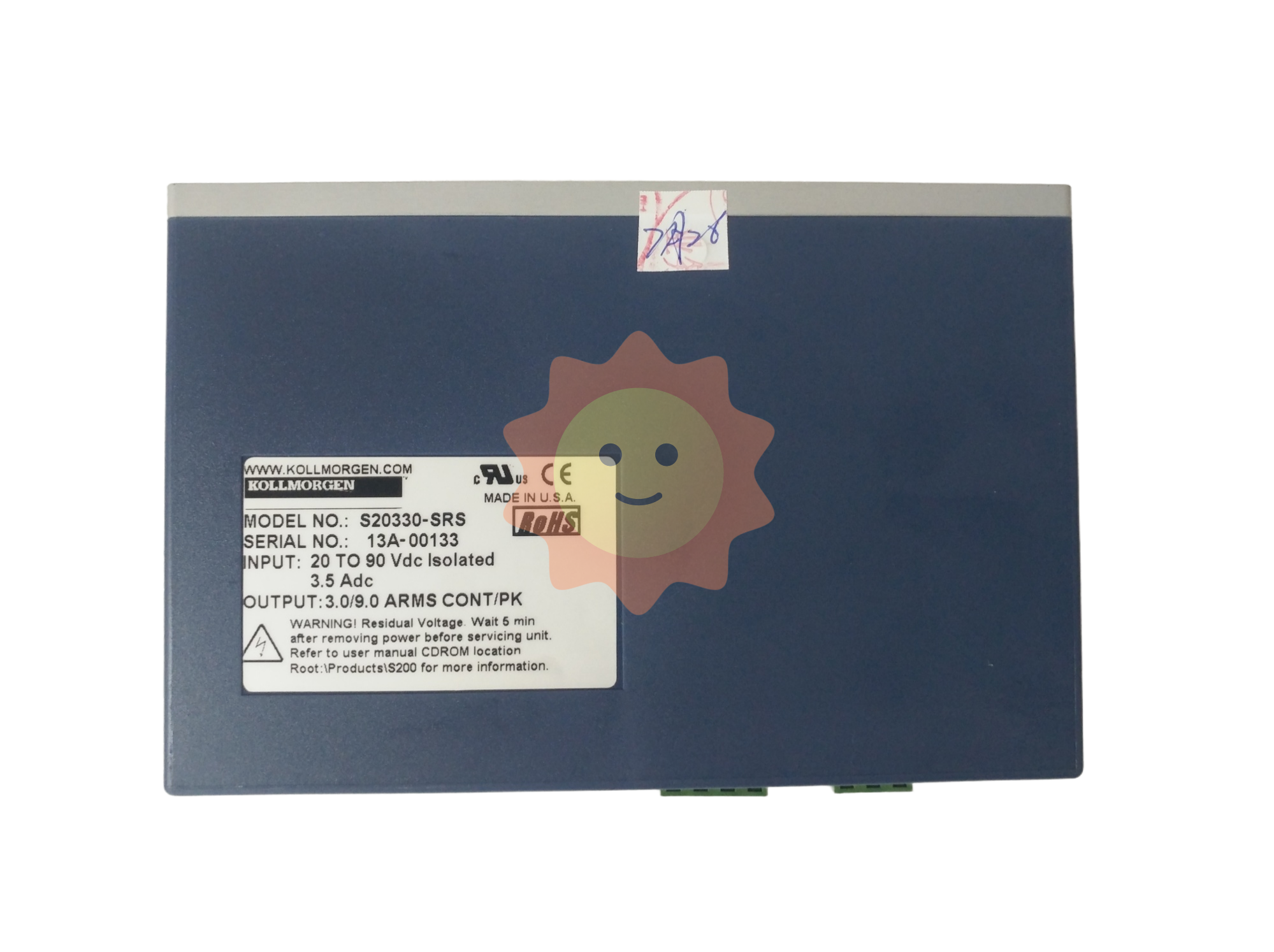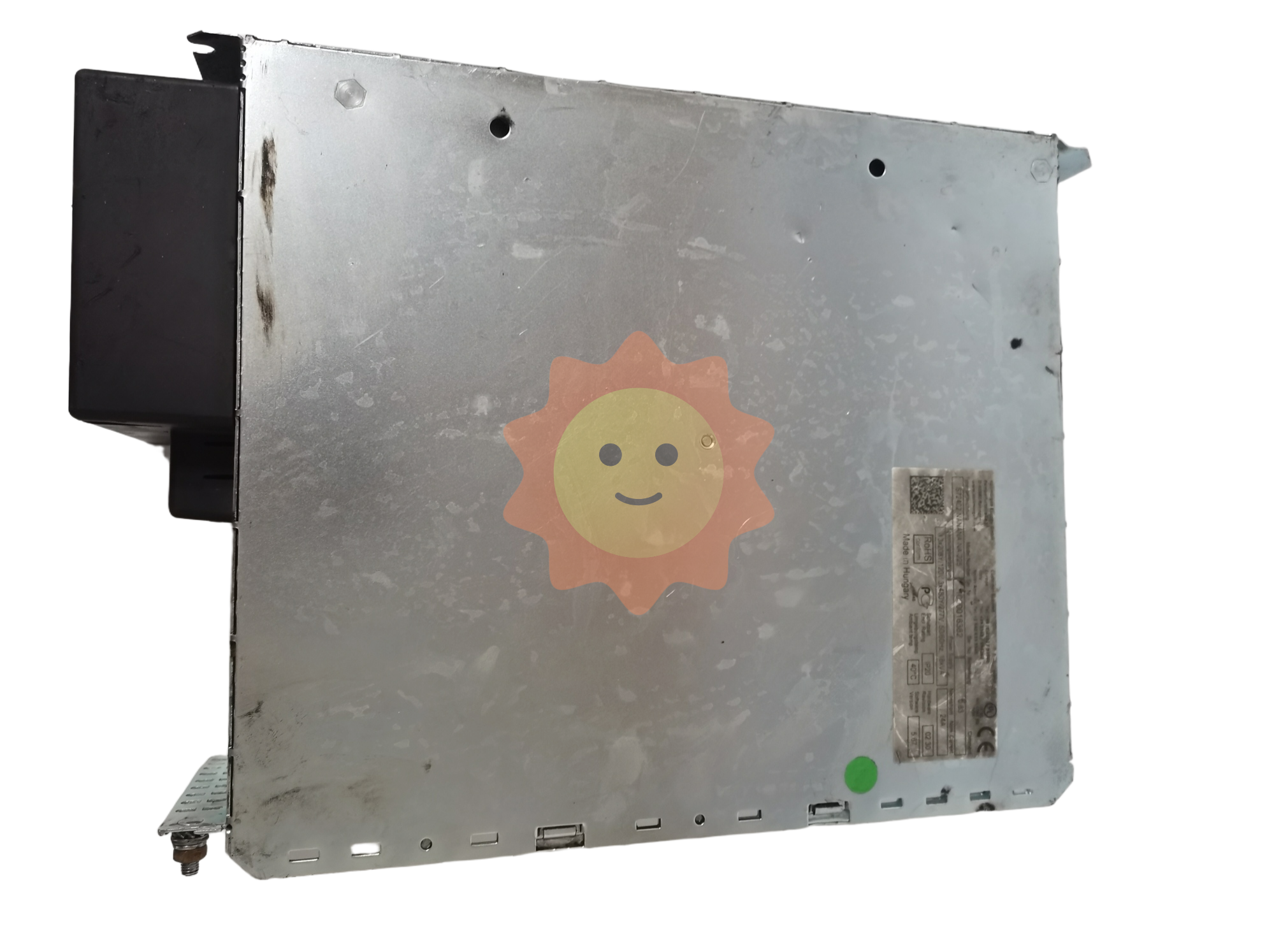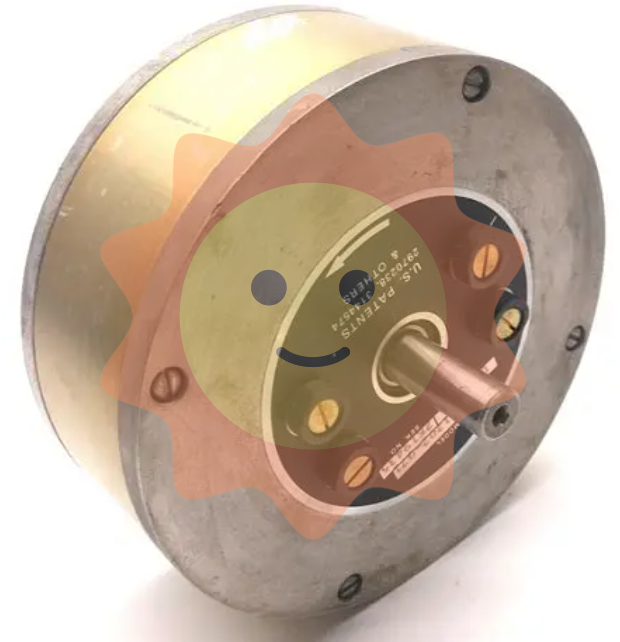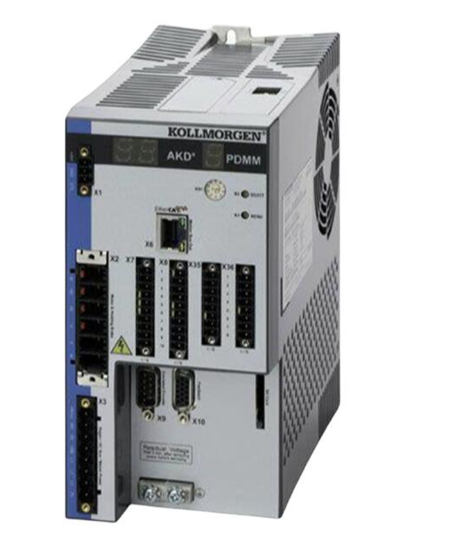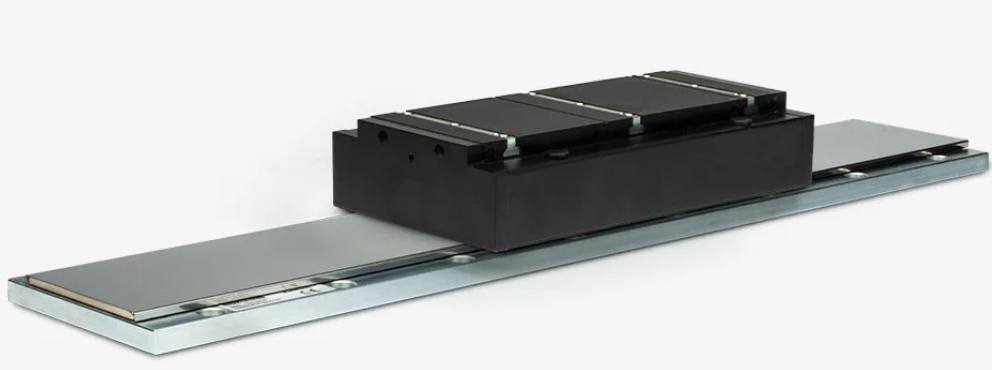We will further strengthen the management of environmental impact assessment in the oil and gas industry
(6) Ecological environment authorities at all levels shall not set or retain pre-conditions such as soil and water conservation, pre-examination of land for planning site selection (sea use), pre-examination of industrial or lower-level ecological environment authorities when examining and approving block EIA. Where legal protection areas such as natural protected areas, drinking water source reserves, and ecological protection red lines are involved, the opinions of the competent authorities shall not be used as preconditions for EIA approval, provided that they comply with laws and regulations. For a single project that has been included in the block EIA and has not produced significant changes, the ecological environment authorities at all levels shall not require repeated EIA of construction projects.
Third, strengthen ecological and environmental protection measures
(7) Onshore oil and gas exploitation projects involving the discharge of pollutants into surface water bodies shall comply with the national and local pollutant discharge standards and meet the requirements for total emission control of key pollutants. Offshore oil and gas development projects involving pollutant emission shall meet the requirements of emission standards such as the Pollutant Emission Concentration Limit for Offshore Oil Exploration and Development (GB4914).
(8) Involving the re-injection of waste water, shall demonstrate the environmental feasibility of re-injection, take practical measures to prevent and monitor groundwater pollution, shall not re-injection of waste water unrelated to oil and gas exploitation, and shall not cause groundwater pollution. Before the release of relevant industry pollution control standards, the reinjection of mining wastewater should be treated and meet the requirements of relevant standards such as "Recommended Index and Analysis Method of Injection Water Quality of clastic Rock Reservoir" (SY/T5329), and practical measures should be taken to prevent and control pollution. The return layer should be a geological structure closed layer, and generally should be reinjected into the active oil and gas reservoir or depleted oil and gas reservoir. Relevant departments and oil and gas enterprises should strengthen the study of produced water and other sewage reinjection, focusing on the rationality of reinjection well location, process control effectiveness, risk prevention and control system, etc., and propose the whole process of ecological environmental protection and risk prevention and control measures and monitoring requirements from the source to the end. The environmental assessment documents of construction projects shall contain relevant information about toxic and harmful substances such as heavy metals in drilling fluid and fracturing fluid, except for cases involving trade secrets and technical secrets.

(9) Waste oil-based mud, oil-bearing drilling cuttings and other solid wastes generated from oil and gas exploitation shall be disposed of in accordance with the principles of reduction, resource recovery and harmfulness, and in accordance with the relevant state and local regulations on the management of solid wastes. Enterprises are encouraged to build their own centralized treatment and comprehensive utilization facilities for oily sludge to improve the comprehensive utilization rate of waste oil-based mud and oily drilling cuttings and their treatment products. Hazardous wastes generated by oil and gas exploitation projects shall be evaluated in accordance with the requirements of the Guidelines for Environmental Impact Assessment of Hazardous Wastes for Construction Projects. Relevant departments and oil and gas enterprises should strengthen research on solid waste disposal, focusing on the types of solid waste generation, main pollution factors and potential environmental impacts, respectively proposing reduction source control measures, resource utilization paths, and harmless treatment requirements to promote the rational use and proper disposal of solid waste.
(10) The construction unit of a land oil and gas exploitation project shall effectively control the storage and loading losses of volatile organic compounds, the liquid level of waste water, the leakage of equipment and pipeline components, abnormal working conditions and other non-organized sources of volatile organic compounds, and adopt measures such as equipment sealing, effective collection of waste gas and supporting efficient end treatment facilities. Effectively control the non-organized emission of volatile organic compounds and odorous gases. Involving the exploitation of high-sulfur natural gas, environmental risk prevention measures should be strengthened in drilling, transportation, purification and other links. Effective measures should be taken to reduce the unorganized discharge of hydrogen sulfide from wastewater treatment stations and reinjection well sites. High-sulfur natural gas purification plants should adopt advanced and efficient sulfur recovery processes to reduce sulfur dioxide emissions. Well site heating furnaces, boilers, compressors and other equipment that discharge air pollutants shall give priority to the use of clean fuels, and the exhaust gas discharge shall meet the requirements of the national and local standards for the discharge of air pollutants.
- EMERSON
- Honeywell
- CTI
- Rolls-Royce
- General Electric
- Woodward
- Yaskawa
- xYCOM
- Motorola
- Siemens
- Rockwell
- ABB
- B&R
- HIMA
- Construction site
- electricity
- Automobile market
- PLC
- DCS
- Motor drivers
- VSD
- Implications
- cement
- CO2
- CEM
- methane
- Artificial intelligence
- Titanic
- Solar energy
- Hydrogen fuel cell
- Hydrogen and fuel cells
- Hydrogen and oxygen fuel cells
- tyre
- Chemical fiber
- dynamo
- corpuscle
- Pulp and paper
- printing
- fossil
- FANUC
- Food and beverage
- Life science
- Sewage treatment
- Personal care
- electricity
- boats
- infrastructure
- Automobile industry
- metallurgy
- Nuclear power generation
- Geothermal power generation
- Water and wastewater
- Infrastructure construction
- Mine hazard
- steel
- papermaking
- Natural gas industry
- Infrastructure construction
- Power and energy
- Rubber and plastic
- Renewable energy
- pharmacy
- mining
- Plastic industry
- Schneider
- Kongsberg
- NI
- Wind energy
- International petroleum
- International new energy network
- gas
- WATLOW
- ProSoft
- SEW
- wind
- ADVANCED
- Reliance
- YOKOGAWA
- TRICONEX
- FOXBORO
- METSO
- MAN
- Advantest
- ADVANCED
- ALSTOM
- Control Wave
- AB
- AMAT
- STUDER
- KONGSBERG
- MOTOROLA
- DANAHER MOTION
- Bently
- Galil
- EATON
- MOLEX
- Triconex
- DEIF
- B&W
- ZYGO
- Aerotech
- DANFOSS
- KOLLMORGEN
- Beijer
- Endress+Hauser
- MOOG


Email:wang@kongjiangauto.com

